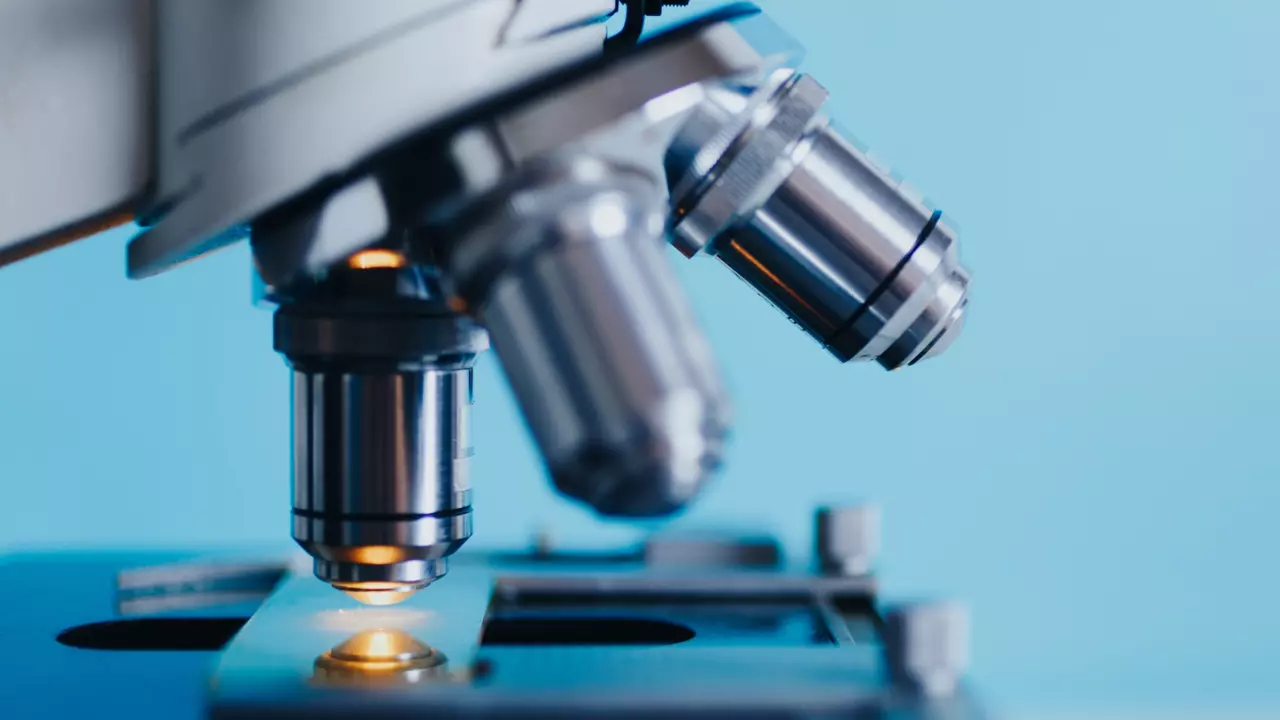Loss of folliculin causes cellular dysfunction of pleural mesothelial
3 Dec 2023
People with Birt-Hogg-Dubé syndrome (BHD) have a 25% chance of developing at least one spontaneous pneumothorax (collapsed lung) in their lifetime and many people will have several. A pneumothorax occurs when air enters the lining of the lung (known as the pleural cavity) causing the lung to be compressed. The size of the pneumothorax usually determines the clinical presentation and required intervention ranging from a conservative watch and wait approach to surgery. Pneumothoraxes in BHD patients are primarily thought to be caused by the lung cysts (which are seen in 80% of BHD patients) bursting. However, it has been suggested that this is not the only cause.
Okamoto et al., conducted the first study assessing the effect of folliculin haploinsufficiency (one mutated folliculin gene) on pleural mesothelial cells (PMCs). PMCs are a single layer of cells that blanket the lung and chest wall acting as a protective barrier. If this layer is disrupted it can result in a pneumothorax. Studying these cells increases our understanding of how BHD causes pneumothoraxes and potential drug targets to prevent them.
Okamoto et al., collected PMCs from 32 patients who developed spontaneous pneumothoraces: 12 BHD patients and 20 other patients who had no underlying lung conditions (control group). The purpose was to compare the cells in both cohorts to see if there were any differences. The cells were examined under a microscope and they found that PMCs in BHD patients were cuboidal in shape compared with the cobblestone appearance of the control group.
Next, Okamoto et al., looked at the expression of genes involved in cell adhesion (binding of cells together). The expression of E-cadherin, which is involved in cell adhesion was reduced in BHD PMCs. To investigate the effects of reduced E-cadherin on BHD PMCs they assessed cell adhesion in Petri dishes. A significantly greater number of cells detached in the BHD PMCs compared to the control and then underwent anoikis (programmed cell death due to loss of attachment to other cells). In addition to reduced cell adhesion and anoikis, Okamoto et al., demonstrated delayed cell growth and reduced migration in BHD PMCs compared with the control group. PMCs are involved in maintaining the health of the lining of the lung and repairing any disruption, so need to be able to move and grow. Therefore Okamoto et al., suggests that folliculin haploinsufficiency causes PMCs to be disrupted and the repair process hindered resulting in pneumothoraces. Okamoto et al., also suggest these changes to PMCs function may be due to reduced activation of the E-Cadherin-LKb1- AMPK pathway which is a known pathway affected by folliculin loss.
Altogether Okamoto et al, found that folliculin haploinsufficiency causes changes in the shape of PMCs in BHD patients and impairs the function of the cells, potentially through the E-Cadherin-LKb1- AMPK pathway. This is important as the disruption of PMCs may be a cause of pneumothoraces in BHD. Further research is required to determine how PMC disruption causes pneumothoraces and whether the pathways affected could be targeted to prevent them.
- Ohata M, Suzuki H. Pathogenesis of spontaneous pneumothorax. With special reference to the ultrastructure of emphysematous bullae. Chest [Internet]. 1980 Jun 1 [cited 2021 Jun 8];77(6):771–6. Available from: http://journal.chestnet.org/article/S0012369215456168/fulltext
- Okamoto S, Ebana H, Kurihara M, Mitani K, Kobayashi E, Hayashi T, et al. Folliculin haploinsufficiency causes cellular dysfunction of pleural mesothelial cells. Sci Rep [Internet]. 2021 Dec 24 [cited 2021 Jun 8];11(1):10814. Available from: http://www.nature.com/articles/s41598-021-90184-9
- Goncharova EA, Goncharov DA, James ML, Atochina-Vasserman EN, Stepanova V, Hong SB, et al. Folliculin Controls Lung Alveolar Enlargement and Epithelial Cell Survival through E-Cadherin, LKB1, and AMPK. Cell Rep [Internet]. 2014 Apr 24 [cited 2021 Jun 8];7(2):412–23. Available from: https://pubmed.ncbi.nlm.nih.gov/24726356/
